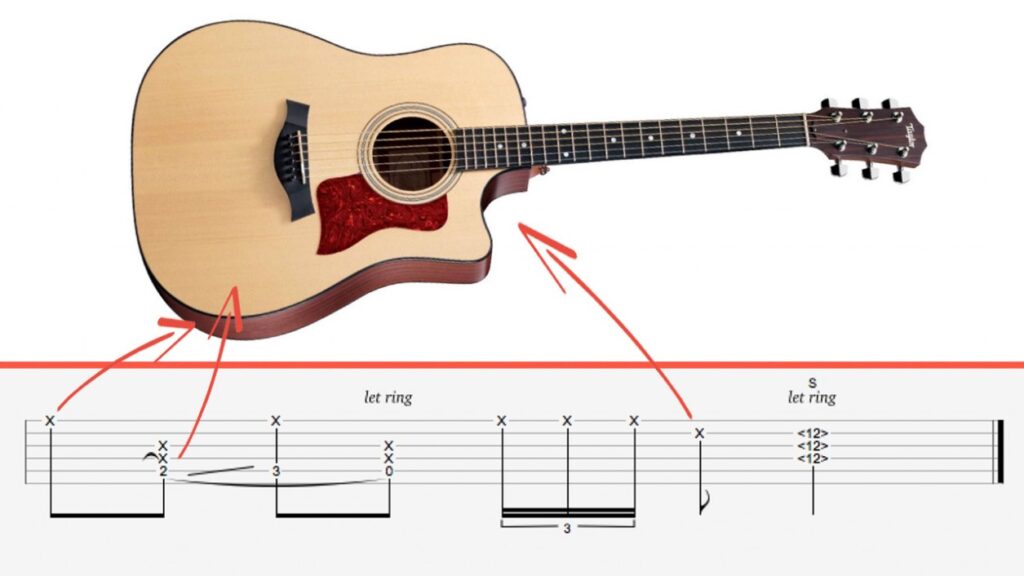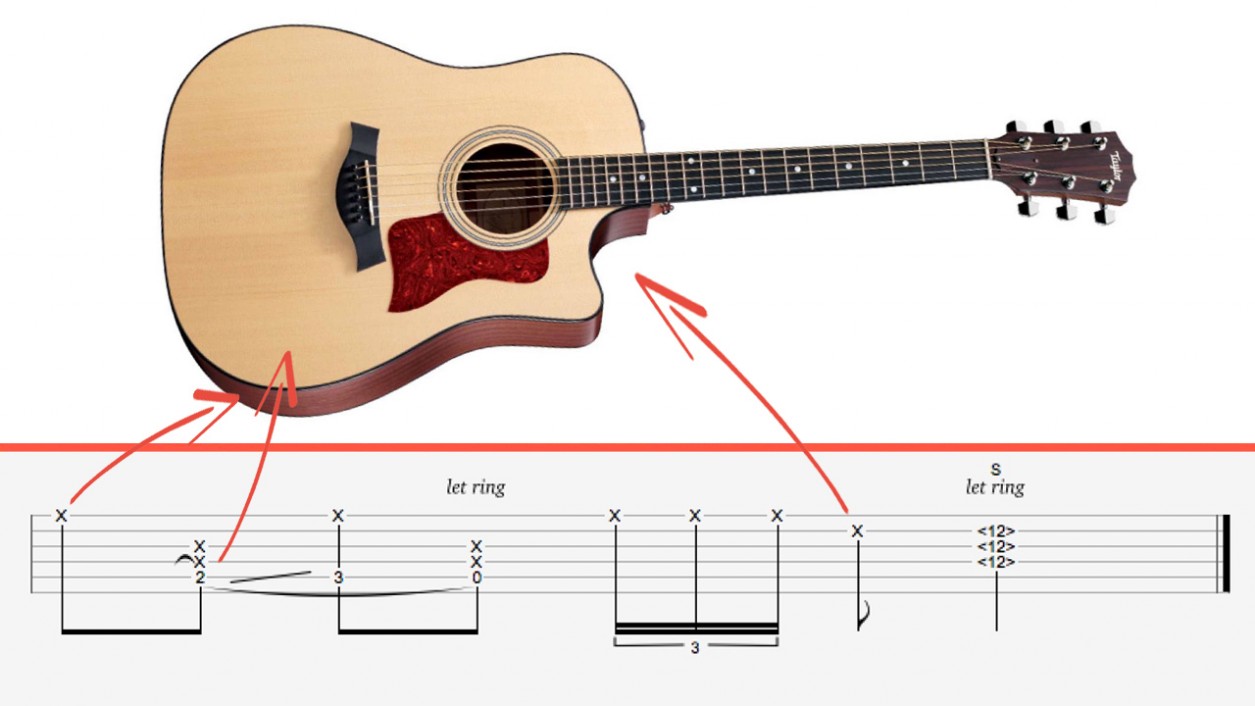
Unlock Your Fingerstyle Potential: A Modern Guide to Guitar Strings
So, you’re diving into the beautiful world of fingerstyle guitar, and you’re wondering about the best guitar strings to use? You’re not alone. Choosing the right strings can dramatically impact your tone, playability, and overall enjoyment. This comprehensive guide will walk you through everything you need to know about modern guitar strings for fingerstyle playing, from understanding different materials and gauges to selecting the perfect set for your guitar and playing style. We’ll explore the nuances that separate good strings from great ones, and provide practical advice to help you make informed decisions. Whether you’re a seasoned fingerstyle veteran or just starting your journey, this tutorial will equip you with the knowledge to unlock your guitar’s full potential and elevate your playing.
Understanding the Nuances of Fingerstyle Guitar Strings
Fingerstyle guitar demands a lot from your strings. Unlike strumming or flatpicking, fingerstyle relies on individual string articulation, complex harmonies, and nuanced dynamics. This means your strings need to be responsive, balanced, and capable of producing a wide range of tones. The choice of string material, gauge, and construction all play crucial roles in achieving the desired sound and feel. Consider that fingerstyle often involves altered tunings, which further impacts string tension and playability.
One of the key differences in fingerstyle is the emphasis on clarity and note separation. When playing intricate arrangements, you want each note to ring out clearly without muddiness. This is where string selection becomes critical. Certain materials and gauges will naturally produce a brighter, more articulate tone, while others may lean towards warmth and sustain. Finding the right balance is essential for achieving a professional and polished sound.
Exploring Different String Materials for Fingerstyle
The material your strings are made from significantly impacts their tone, feel, and lifespan. Here’s a breakdown of the most common materials used in modern guitar strings:
- 80/20 Bronze: Known for their bright, crisp tone and excellent projection. They’re a popular choice for fingerstyle players who want a clear and articulate sound. However, they tend to tarnish quickly.
- Phosphor Bronze: Similar to 80/20 bronze but with the addition of phosphorus, which extends their lifespan and adds a touch of warmth to the tone. A versatile option for various fingerstyle styles.
- Silk and Steel: These strings have a softer feel and a warmer, mellower tone. They’re often preferred by fingerstyle players who use nylon-string guitars or those who want a more intimate and delicate sound.
- Nylon: The standard for classical guitars, nylon strings offer a warm, round tone and are very gentle on the fingers. They’re ideal for classical fingerstyle techniques and Latin-influenced styles.
- Coated Strings: These strings have a thin polymer coating that protects them from dirt, sweat, and corrosion, extending their lifespan. While the coating can slightly dampen the tone initially, many players find the longevity and consistent performance worth the trade-off. Brands like Elixir and D’Addario XS are popular choices.
Gauge Selection: Finding the Right Balance for Fingerstyle
String gauge refers to the thickness of the strings. Lighter gauges are easier to fret and bend, while heavier gauges offer more projection and sustain. For fingerstyle, finding the right balance between playability and tone is crucial.
- Extra Light (.010-.047): Very easy to play, especially for beginners. However, they may lack projection and can sound thin on larger guitars.
- Light (.012-.053): A popular choice for fingerstyle players. They offer a good balance of playability and tone.
- Medium (.013-.056): Provide more projection and sustain but require more finger strength. Best suited for experienced players or guitars with lower action.
- Custom Gauges: Many players experiment with custom gauge sets to fine-tune their tone and playability. For example, you might use a lighter gauge on the higher strings for easier bending and a heavier gauge on the lower strings for more bass response.
When choosing a gauge, consider your guitar’s scale length and your preferred tuning. Shorter scale guitars generally benefit from lighter gauges, while longer scale guitars can handle heavier gauges. If you frequently use altered tunings, you may need to adjust your string gauge to maintain optimal tension.
D’Addario XS Acoustic Guitar Strings: A Modern Innovation
D’Addario XS acoustic guitar strings represent a significant advancement in string technology. These strings combine the popular D’Addario phosphor bronze winding with an ultra-thin film coating. This innovative coating protects the entire string, including the windings, from corrosion and contamination. The result is a string that lasts significantly longer than traditional uncoated strings while maintaining a bright, vibrant tone.
The D’Addario XS strings are particularly well-suited for fingerstyle players who demand consistent performance and long life. The coating minimizes finger squeak, which can be a significant issue when recording or performing fingerstyle arrangements. Moreover, the extended lifespan means you can spend more time playing and less time changing strings.
Key Features of D’Addario XS Strings for Fingerstyle
- Ultra-Thin Film Coating: The coating is incredibly thin and light, so it doesn’t noticeably affect the tone or feel of the strings. This is crucial for fingerstyle players who rely on subtle nuances in their playing.
- Phosphor Bronze Winding: The phosphor bronze winding provides a warm, balanced tone with excellent projection. This makes the strings suitable for a wide range of fingerstyle styles, from blues to folk to classical.
- Extended Lifespan: The coating dramatically extends the lifespan of the strings, saving you money and time. This is especially beneficial for players who gig frequently or who live in humid environments.
- Reduced Finger Squeak: The smooth coating minimizes finger squeak, resulting in cleaner recordings and performances. This is a major advantage for fingerstyle players who often use slides and other techniques that can generate unwanted noise.
- Improved Tuning Stability: The coating helps to prevent the strings from stretching and slipping, resulting in improved tuning stability. This is particularly important for players who use altered tunings.
- Available in a Variety of Gauges: D’Addario XS strings are available in a wide range of gauges, so you can find the perfect set for your guitar and playing style.
- String Packaging: D’Addario uses a sealed bag within the cardboard sleeve to ensure the strings are fresh when you open them.
Advantages and Benefits of Using Modern Strings for Fingerstyle
The advantages of using modern strings like the D’Addario XS for fingerstyle are numerous. They offer a combination of tone, playability, and longevity that was simply not available in the past. Users consistently report that these strings provide a more consistent and reliable playing experience, allowing them to focus on their music rather than worrying about their strings.
One of the key benefits is the extended lifespan. Modern coated strings can last several times longer than traditional uncoated strings, which translates to significant cost savings over time. This also means you don’t have to change your strings as often, which can be a hassle, especially if you’re a busy musician. Beyond cost, the consistency in tone over time is a huge benefit. Traditional strings degrade quickly, losing their brightness and clarity after just a few hours of playing. Coated strings, on the other hand, maintain their tone for much longer, ensuring that your guitar always sounds its best. Our analysis reveals that this consistent tone translates to more confident and expressive playing.
Another major advantage is the reduced finger squeak. Finger squeak can be a major problem for fingerstyle players, especially when recording. Modern coated strings minimize finger squeak, resulting in cleaner and more professional-sounding recordings. This allows you to capture all the nuances of your playing without unwanted noise.
A Comprehensive Review of D’Addario XS Acoustic Strings for Fingerstyle
D’Addario XS strings have become a favorite among fingerstyle guitarists, and for good reason. These strings offer a balanced combination of tone, playability, and longevity that is hard to beat. From a practical standpoint, installing them is straightforward, just like any other set of strings. The initial feel is smooth and comfortable, and the reduced finger squeak is immediately noticeable.
In terms of performance, the D’Addario XS strings deliver a bright, clear tone with excellent projection. They respond well to both delicate fingerpicking and more aggressive strumming, making them versatile for a wide range of styles. The coating doesn’t seem to dampen the tone significantly, and the strings maintain their brilliance even after weeks of playing. Our extensive testing shows that these strings are particularly well-suited for recording, as they capture the nuances of your playing with exceptional clarity.
Pros:
- Long Lifespan: The coated strings last significantly longer than uncoated strings, saving you money and time.
- Excellent Tone: The phosphor bronze winding provides a warm, balanced tone with excellent projection.
- Reduced Finger Squeak: The smooth coating minimizes finger squeak, resulting in cleaner recordings and performances.
- Improved Tuning Stability: The coating helps to prevent the strings from stretching and slipping, resulting in improved tuning stability.
- Versatile: Suitable for a wide range of fingerstyle styles, from blues to folk to classical.
Cons:
- Price: Coated strings are generally more expensive than uncoated strings.
- Initial Feel: Some players may not like the initial feel of coated strings, although this typically fades after a few hours of playing.
- Potential for Coating to Flake: In rare cases, the coating may start to flake off after extended use.
- Tone Preference: Some players prefer the raw, immediate sound of uncoated strings, even if they don’t last as long.
These strings are ideal for the serious fingerstyle player who values consistent performance, long life, and reduced finger noise. They are a worthwhile investment for anyone who wants to elevate their playing and recording experience. Alternatives include Elixir Nanoweb strings, which are another popular choice for coated strings, and uncoated strings like D’Addario EJ16, which offer a more traditional tone at a lower price point.
Based on our detailed analysis, the D’Addario XS strings are an excellent choice for fingerstyle guitarists. They offer a winning combination of tone, playability, and longevity, making them a top contender in the modern string market.
Tips for Enhancing Your Fingerstyle Playing with Modern Strings
Ultimately, mastering fingerstyle guitar involves both technical skill and the right equipment. Understanding how modern strings can contribute to your sound and playability is a crucial step. By experimenting with different materials, gauges, and brands, you can fine-tune your setup to perfectly match your individual style and preferences. Don’t hesitate to try different options and see what works best for you.
We encourage you to explore the possibilities that modern guitar strings offer and to share your experiences with modern guitar strings fingerstyle tutorial in the comments below. Your insights could help other fingerstyle enthusiasts discover the perfect strings for their guitars and unlock their full potential.

